Bringing Super Mario to Life
Exploring the iconic artwork of Yoichi Kotabe
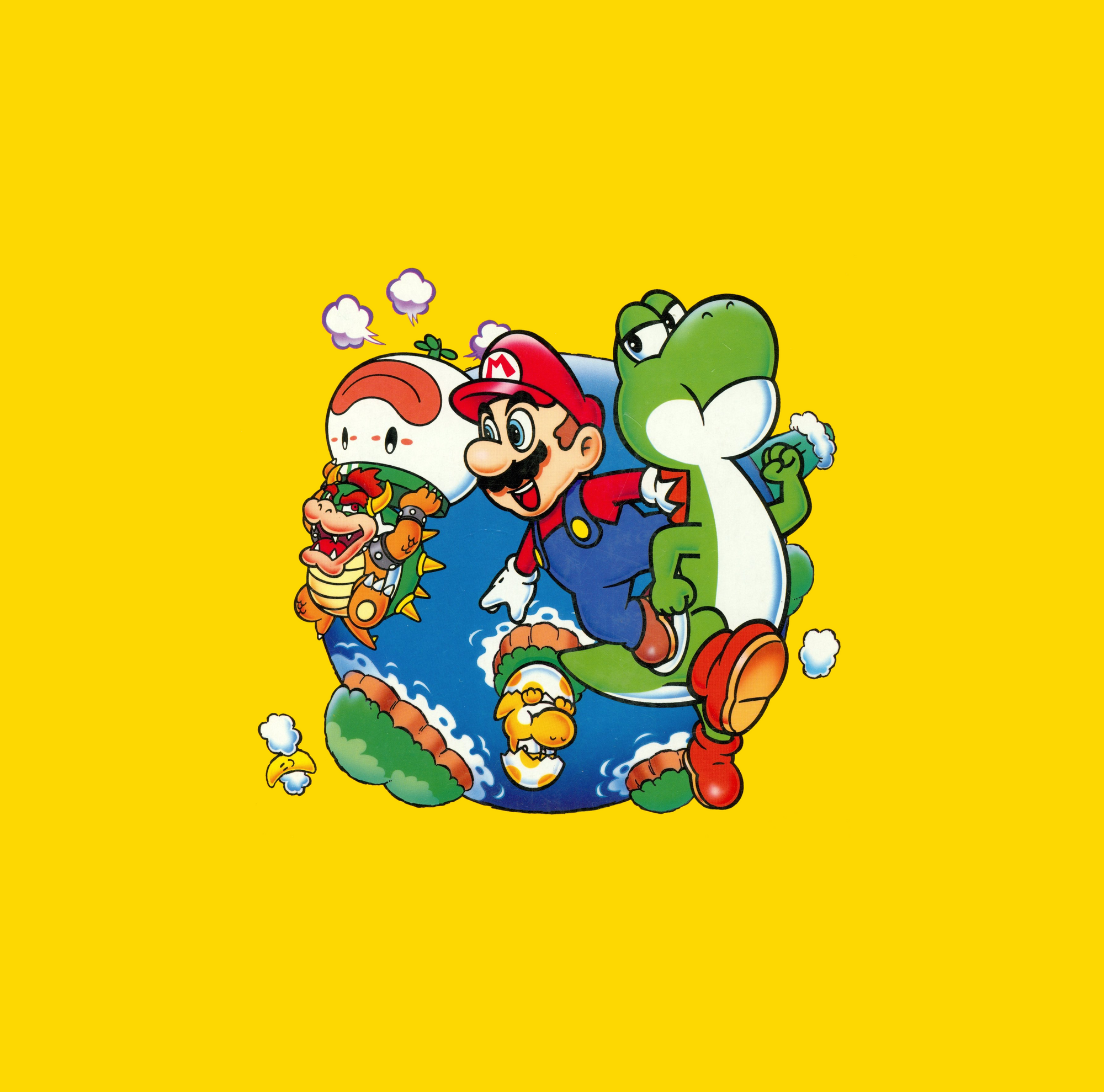
Have you ever seen a zoetrope? If today’s sophisticated computer animation is the latest evolution of the form, then the remarkable zoetrope is a crucial ancestor; the transitional form between the drawing and the animation.
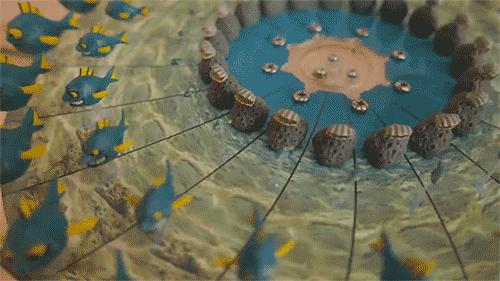
First developed in the 1830s and then refined by the 1860s, the zoetrope was an important precursor to film animation. In principle, it isn’t too dissimilar from the humble flip book. The viewer looks at a series of pictures arranged in a sequence, which spin rapidly, causing an illusion of motion. Although the flip book is largely regarded as a children’s novelty item, it is nonetheless an effective — if simple — demonstration of fundamental animation principles. I distinctly remember my mother showing me how to create a flip book when I was little. She simply scrawled some figures on a few sticky notes (still snugly stuck together in a pad) and flipped through them with her thumb. I still remember the sensation of being utterly floored as her little stick figures appeared to spontaneously come alive and begin dancing around before my very eyes.
MASTERPIECE THEATRE

I suspect many children have experienced a similar revelation. In the case of Yoichi Kotabe, the legendary Japanese animator, it turns out that a very similar experience sparked a life-long love affair with the moving image. In Kotabe’s version of the story, sticky notes were not the medium of choice. His mother instead drew stick figures — who happened to be exercising — on the corners of several pages in one of his school text books. Kotabe was five years old at the time, and could have had no idea that this event would set him on an extraordinary path in later life.

Born in Taipei in 1936, the memory of his mother’s moving pictures ultimately led to Kotabe studying Japanese-style painting at Tokyo University of the Arts in the late 1950s. Prior to entering university, doodling had been consuming more and more of his time, to the point where his grades were falling. Mid-century Japan was a place where various forms of popular art (manga, for example) were largely disregarded by ‘serious artists’. Jobs for Japanese-style painting were few and far between. Such was his commitment to art that Kotabe ultimately decided to pursue his ambition to become an accomplished painter (like his university instructor, the great Seison Maeda), even if it meant living a poor artist’s life.
Kotabe’s suspicions about a lack of demand for his skills in the professional world were largely confirmed when he graduated from university. At least for a time, Kotabe faced the reality that “there were no jobs involving drawing pictures”. But it wasn’t long before Toei Animation (then known as Toei Doga Co., Ltd.) began furiously recruiting. They had not long before produced Japan’s very first full-length animated film: Panda and the Magic Serpent, released in 1958. Kotabe — who had grown up loving Disney animation, and believed that Japan could never hope to match up — was thoroughly impressed by the film. It opened his eyes to the possibilities of domestic animation, and he was determined to land a job at Toei.
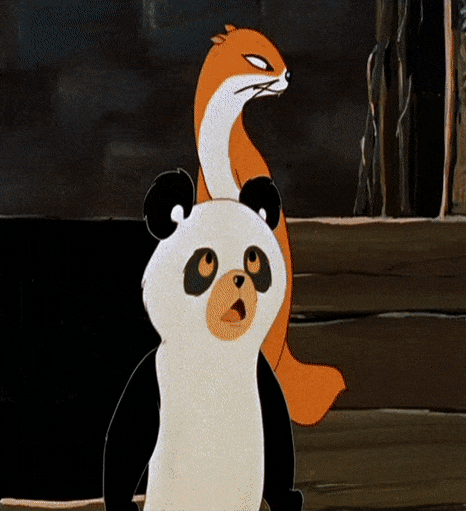
Kotabe joined Toei at a crucial time for Japanese animation. His contemporaries included legendary animators such as Isao Takahata and Hayao Miyazaki, who both went on to found the groundbreaking Studio Ghibli in 1985.
For the first three years of his career, Kotabe assisted other artists and animators. They would produce key frames (the critical frames within a movement sequence), while Kotabe and others would create the movement frames in between. It was a rite of passage for a young animator and an opportunity to learn valuable skills from some of the greatest animation talent in Japan. Throughout the 1960s, Kotabe worked on numerous features at Toei including Little Prince and the Eight Headed Dragon (1963), Little Norse Prince Valiant (1968), and Puss ‘n Boots (1969). He also contributed to two early TV series, Ninja the Wonderboy (1964) and Hustle Punch (1965).
Kotabe may have already built a formidable career through much of the 1960s, but he was becoming increasingly disillusioned with Toei.
“At first, the company had a great deal of creative enthusiasm, but gradually it came to prioritise profits. Rather than producing original works, it started looking for popular manga serials and other materials to adapt. Even my own desire to create something fresh began to disappear.”
Yoichi Kotabe
This change in culture at Toei had an impact on Kotabe. He increasingly felt that he wasn’t bringing his full self to his projects — that he wasn’t taking creative risks. It was actually Isao Takahata who inspired him to shed that fear, thanks to his film, The Great Adventure of Horus, Prince of the Sun. It was Takahata’s directorial debut and his first major collaboration with Hayao Miyazaki. It was a unique project at the time because it was a marked departure from Toei’s increasing tendency to quickly turn around animated TV series (which typically took 8–10 months), where this project was in development for almost three years.
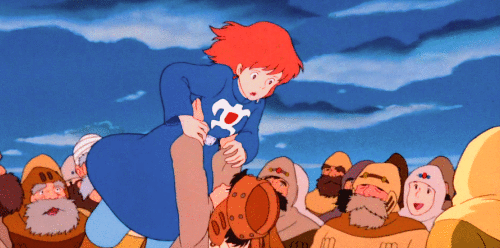
As Kotabe’s confidence increased, he decided to leave Toei. He would also soon work on one of Japan’s most famous TV series: Heidi, Girl of the Alps, on which he collaborated with both Takahata and Miyazaki. The series, which aired in 1974, was produced by Zuiyo Eizo (now Nippon Animation). It formed part of the broader World Masterpiece Theater program — a Japanese TV staple that ran from 1969 to 1997 and 2007 to 2009. The concept involved screening an animated adaptation of a piece of classic childrens’ literature each year at 7:30pm on a Sunday. Heidi, Girl of the Alps remains popular in Japan to this day, and has even spawned an official postage stamp. Kotabe continued to collaborate with Takahata and Miyazaki, too. Perhaps the two most notable projects he played a role in were Nausicaä of the Valley of the Wind (1984) and Grave of the Fireflies (1988).
PAINTBRUSH BEFORE PIXEL

Hiroshi Ikeda, born in Tokyo in 1934, is currently a part-time lecturer at Takarazuka University of Art and Design. The fortunate students who attend his classes find themselves in the presence of an impressive figure. Ikeda embodies almost half a century of evolution in the animation world. Like Kotabe, Takahata, and Miyazaki, Ikeda’s career was forged at Toei. He was the writer and director of feature films The Flying Ghost Ship (1969) and Animal Treasure Island (1971), and later undertook a similar role on several prominent TV series. But unlike his three contemporaries, Ikeda’s career took a decisive turn in 1974. He was appointed section chief for Toei’s research and development department.
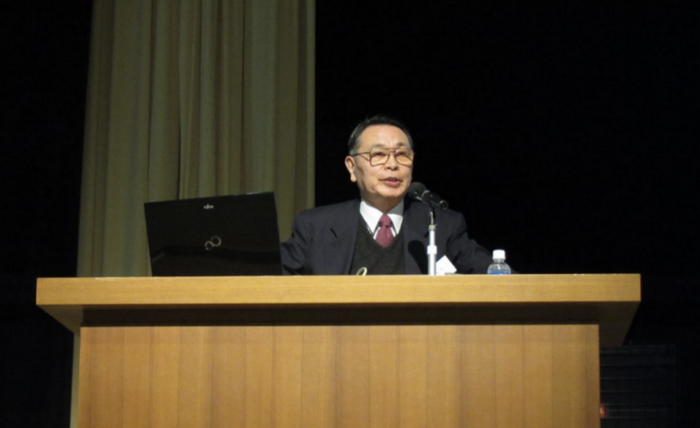
In roughly a ten year period (between 1974 and 1984), Ikeda oversaw the computerisation of animation production at Toei. Consider, for a moment, the extraordinary skillset this man possessed and brought to bear at a time when the Japanese animation industry was rapidly expanding and computer technology was being more widely leveraged around the world. His experience as a writer and director gave Ikeda a deep understanding of the creative process behind animated films and TV series. His management of Toei’s research and development department put his hands on the strategic reigns of Japan’s largest and most prominent animation studio. Ikeda was a figure who drove the bleeding edge of animation production in Japan for a decade; he was uniquely equipped to thrive at the intersection between traditional animation and modern computer technology.
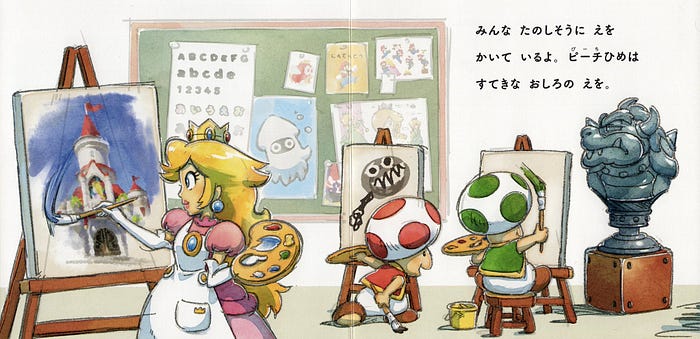
In 1985, Ikeda’s dual backgrounds converged completely when he joined Nintendo. His career at the company began in the Research and Development 4 (R&D4) department, which itself later became known as Entertainment Analysis and Development (EAD). Prior to the creation of R&D4, programmers had largely been responsible for game design at Nintendo. But the breakout success of Donkey Kong (1981) — created by Shigeru Miyamoto, a graphic designer, not a programmer — sparked a quantum shift at the company. Ikeda became general manager of this new department, with Shigeru Miyamoto acting as chief producer.
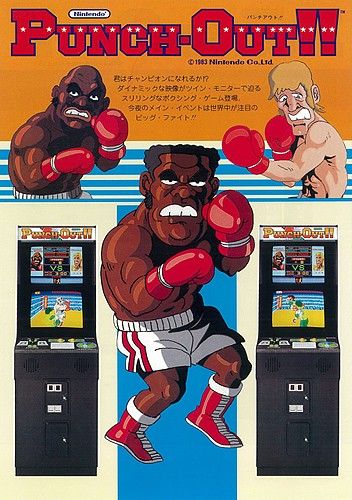
Although Nintendo was not an animation company, and didn’t have significant experience with in-house artists, it was increasingly relying on art and graphic design for its projects. More and more, the company was outsourcing art and graphics work to veteran animators (such as Takao Kozai, another Toei employee, who created the character art for Nintendo’s iconic Punch Out!! arcade game).
Ikeda recognised the need for Nintendo to build a strong internal capability around art and animation. A prominent career at Toei had given him impressive contacts to reach out to for help, including one Yoichi Kotabe.
The timing was perfect. Kotabe had become increasingly disillusioned at Toei. His career, he felt, had stagnated. Immediately after leaving Toei, Kotabe took on various freelance projects — but these were unsatisfying, because he was working on pieces of larger creative works, never seeing an entire project all the way through. After meeting with Ikeda at a coffee shop — and receiving an offer to join Nintendo — Kotabe saw an opportunity to do something genuinely new. Ikeda had pointed out that game creators required more knowledge about animation. Kotabe had almost no experience with video games (having only previously played Space Invaders), and he initially couldn’t understand how his knowledge would apply to the medium. But if Ikeda thought it a good idea, then Kotabe was happy to give it a shot. He figured he’d hang around for a year or two at most.
JOURNEY TO THE MUSHROOM KINGDOM

It didn’t take long for Yoichi Kotabe to understand why Ikeda had offered him a job at Nintendo. His first introduction to the company was momentous. In an initial meeting with Shigeru Miyamoto, Kotabe was shown Super Mario Bros. It was a revelation. For Kotabe, this project was an example of the bold innovation he had felt was dwindling during his final years at Toei. It also clearly signalled Nintendo’s intentions for video games — Kotabe could see what the developers were trying to achieve, even if they weren’t all the way there yet.
“When I first saw all the movements Mario was performing in Super Mario Bros., I thought that video games were now doing what the original animation industry was forgetting.”
Yoichi Kotabe
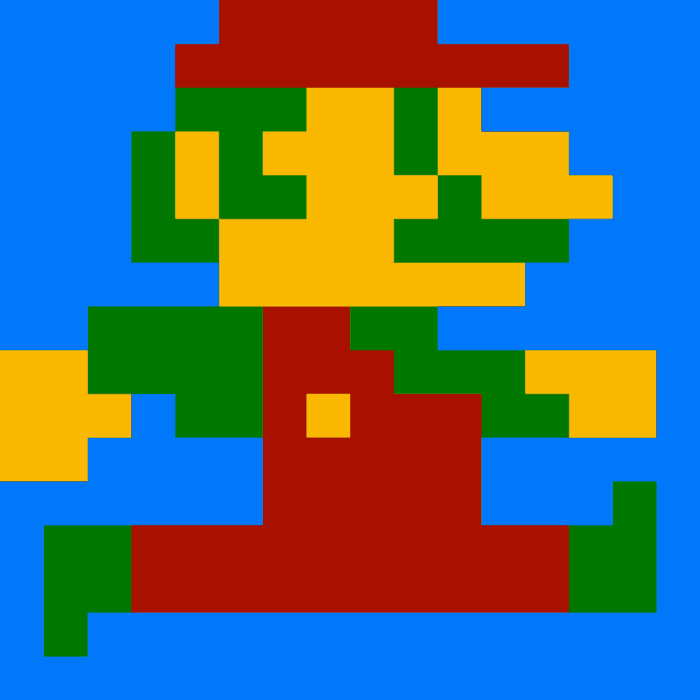
It’s easy to look back on history and to retrospectively divine some grand prescience — but Kotabe’s start at Nintendo was more awkward than anything else. It was as though the they had acquired a powerful weapon, but didn’t quite know how to wield it. Early on, Kotabe would arrive at the company’s enormous Kyoto office building and spend the day doodling whatever came to mind — he was a man without a project.
Not only that, but much of the work Kotabe produced early on was impractical. For example, one of his early pieces was an animation of Luigi spinning around in circles. Miyamoto rejected the idea simply because it used too many frames — it simply wasn’t possible to use it in a game. Kotabe and Miyamoto worked together to find a happy medium between Kotabe’s original animation and the technological limitations of game technology at the time. The first of Kotabe’s work that was actually used was the animated flying carpet in Super Mario Bros. 2 (and even that required several iterations; Kotabe had to reduce the number of total frames and then tailor the animation so that it would smoothly repeat in an ongoing cycle).

By the mid-1980s, Mario had already become Nintendo’s star mascot. He had existed as a character in some form, though, since Donkey Kong in 1981. Mario was Shigeru Miyamoto’s creation, and Miyamoto had produced many sketches of him — sketches that would be touched up and finalised by another artist. Miyamoto had intended to follow the same process for the cover art of Super Mario Bros., but he ran out of time, and produced the finalised artwork himself. It wasn’t a sustainable way to operate in the longer term, especially if Nintendo wanted to broaden the Mario palette and introduce both new characters and moves to the franchise.

Kotabe approached the project with all the seriousness of a major feature film. He extensively interviewed Miyamoto; peppering him with all sorts of questions in order to understand his vision for the characters. It wasn’t just a question of what the characters looked like, either. Kotabe wanted to understand their personalities (Peach needed to be “stubborn, but charming”, recalls Kotabe). Kotabe played a pivotal role in expanding the Mario universe through his collaboration with Miyamoto. Bowser is a great example. Miyamoto’s original design (as seen above on the cover art for Super Mario Bros.) was more “ox-like” than anything else; in fact, he had a turtle’s body and an ox’s head. Miyamoto regarded the design as “incomprehensible”. Given that Bowser was in the “koopa” family, it made sense to make him more turtle-like. Both Miyamoto and Kotabe iterated on the design until they came to the final (current) version of the character.
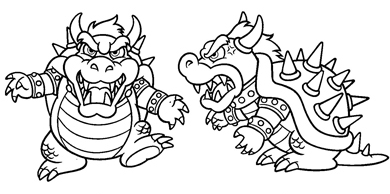
Kotabe’s role at Nintendo grew well beyond his character design collaborations with Miyamoto. It is not unreasonable to say that he became a champion of animation at the company, as well as a trusted advisor to Miyamoto. In fact, Miyamoto consulted Kotabe on numerous important decisions including recruitment. Kotabe joined Miyamoto to interview a young artist known as Yoshiaki Koizumi (who I called “Nintendo’s other Miyamoto” in his SUPERJUMP profile).
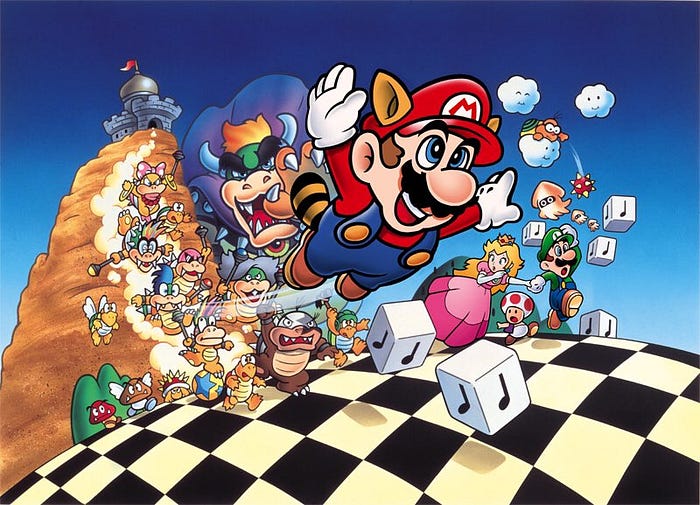
To be more specific, Koizumi was an animator by trade. When Kotabe asked him “If you’re so good at animation, why do you want to join the video game industry?”, Koizumi nervously ran through his pet theories about animation. Fortunately, he didn’t actually know he was sitting in front of Shigeru Miyamoto and Yoichi Kotabe — he now admits that he shudders when recalling that interview.
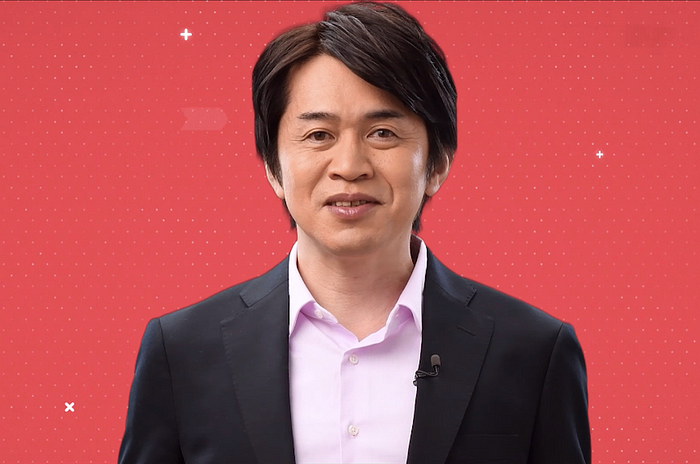
Koizumi went on to become a key figure at Nintendo, but early in his career there, he was mostly responsible for illustration tasks. Kotabe ensured that key principles he’d learned while working at Toei were carried over to the team at Nintendo. So, for example, when it came time to illustrate the go karts in Super Mario Kart, Kotabe took Koizumi out on a field trip to see real go karts in action. One of the key lessons here was “see the real thing and take it inside yourself” — simply viewing reference images wasn’t enough.
NEW DIMENSIONS

Animation expertise became increasingly important to Nintendo as restrictions around game creation began to fall away. Where Kotabe and his colleagues had been highly constrained when designing animation on the 8-bit Famicom (Nintendo Entertainment System in the West), they had greater freedom on its successor, the Super Famicom (SNES in the West). The broader canvas was enabled through significantly more powerful hardware and greater available memory. This meant it was possible to introduce more frames in an animation, more colours, and more complex sprites.
But the true value of professional animators became most evident when video games moved into the third dimension. Super Mario 64 — Nintendo’s flagship title for the new Nintendo 64 console, which launched in Japan in 1996 — put the entire team’s skills to the test in ways they could never have predicted only a few years earlier.
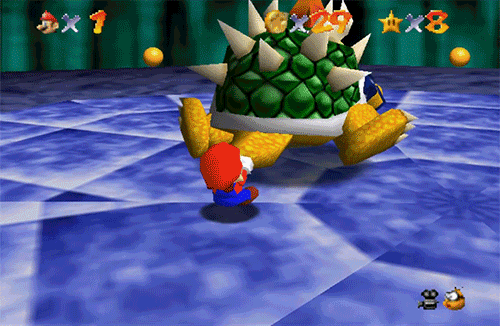
The introduction of 3D graphics to video games challenged Kotabe’s preconceptions. He assumed that the move to 3D would naturally mean the adoption of more realistic graphics and even motion capture. He was surprised when Miyamoto rejected the idea; certain forms of movement worked well for animated TV and movies, but they didn’t translate well to video games due to the unique properties that interactivity introduced to the experience. Take the example of Link from The Legend of Zelda. Imagine that Link’s sword is sheathed. An enemy jumps out at you, so you press the attack button — expecting Link to immediately bring his sword down on the enemy’s head. If this scenario were happening in real life, you’d press the button, then wait for Link to pull the sword out of the sheath, hold it up in the air, and then bring it down to strike the enemy. Miyamoto quickly recognised that this kind of approach to “realistic” animation could never work for video games because it would be extraordinarily frustrating for the player, who expected the game to respond immediately to their input.
“I wasn’t rejecting realistic movement. I was giving priority to how it felt to play the game rather than to smooth movement. And when showing the movement was an important element, we emphasized on the smooth movements. I recall there were times, when I talked quite fervently about these.”
Shigeru Miyamoto
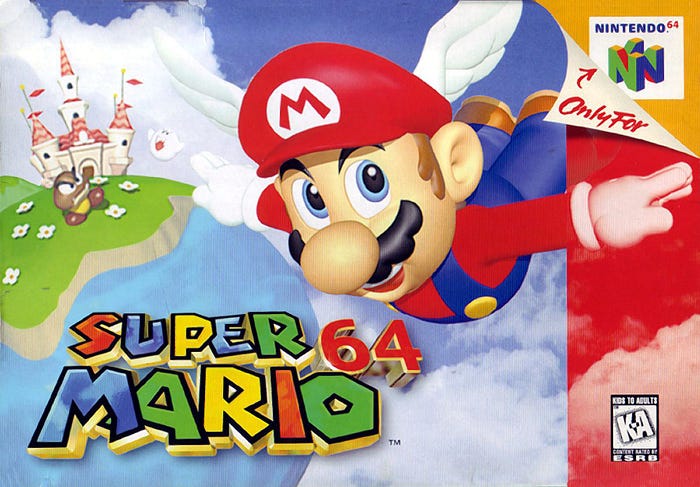
Kotabe provided invaluable input as Nintendo began converting more and more franchises into 3D. One of the biggest challenges was 3D modelling; it required dramatically different skills when compared to the 2D sprite-based work from previous generations of games. One of Kotabe’s key skills from his animation background was the ability to “imagine the parts you can’t see as you draw”. This translated directly into 3D models, where it was necessary to consider which pieces needed to be chiselled away before you could actually see the end result. As well, Kotabe had a tendency to draw scenes with camera perspective in mind.
“I think Kotabe-san has a camera in his head. What surprised me the most when he first drew a picture for me was that each picture reflected a camera position.”
Shigeru Miyamoto
Over time, Kotabe’s focus shifted to the Pokémon franchise. He assisted the team to translate all 151 Pokémon into 3D for Pokémon Stadium (1998) and Pokémon Snap (1999). Even after leaving Nintendo in 2007, Kotabe continued to play a supervisory role for the Pokémon franchise (including ongoing involvement with its feature films and TV series).
BEYOND NINTENDO

Yoichi Kotabe hasn’t rested on his laurels since leaving Nintendo. Aside from his continuing involvement with Pokémon, Kotabe has chaired the jury of the Hida International Animation Festival of Folktales and Fables (a contest aimed at discovering new art talent from around the world), and also acted as a lecturer at the Toei Animation Institute.
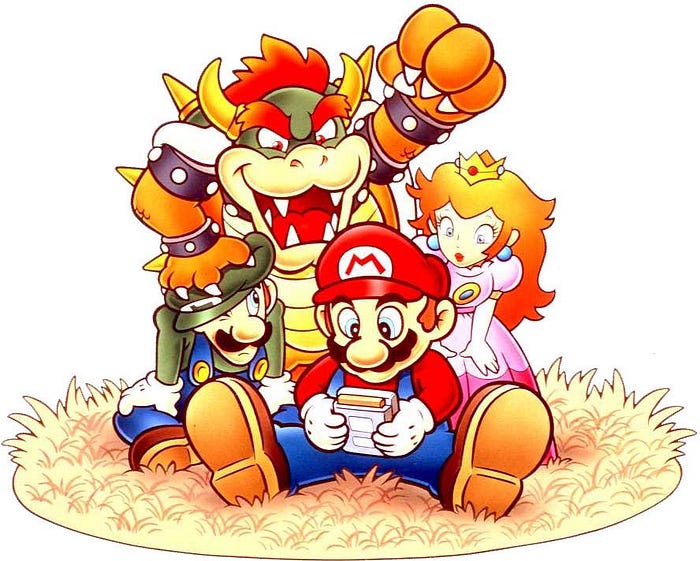
It is difficult to imagine a Nintendo — and perhaps even a Japanese animation industry — without Yoichi Kotabe. We can not see the world that may have existed, but can only reflect on the events as they really unfolded. It’s clear that Kotabe is not only a legendary animator, but also a man who deserves credit for helping Nintendo to advance the art and science of video games. Like many millions of people around the world, I didn’t just grow up with Nintendo: I grew up with Mario. He was an important part of my childhood, he helped to mend a fractured relationship with my father, and he influenced my future career direction. For these reasons, I want to thank Kotabe-san from the bottom of my heart for the significant role he played breathing life into Mario and friends. I am forever grateful, Kotabe-san.

